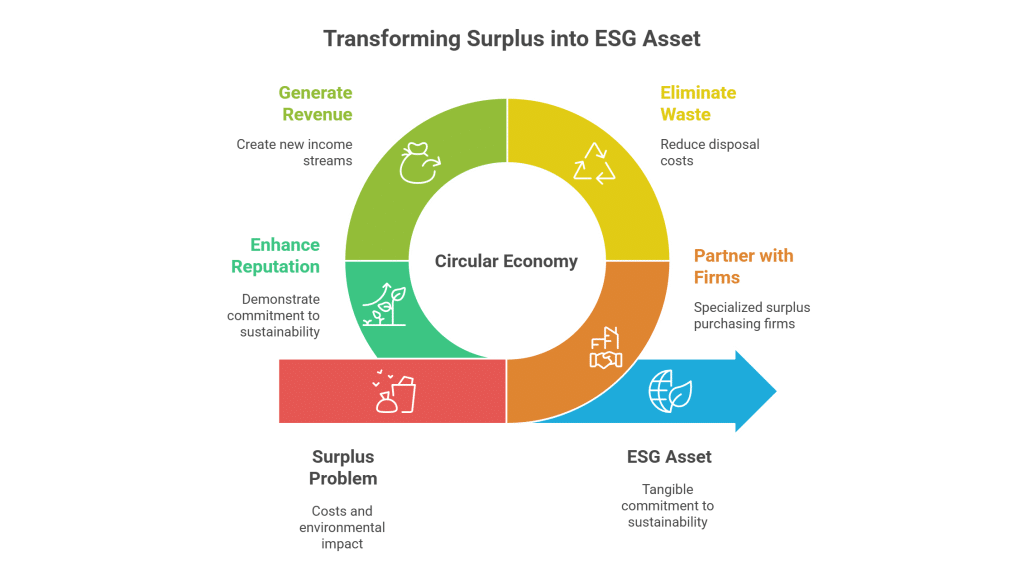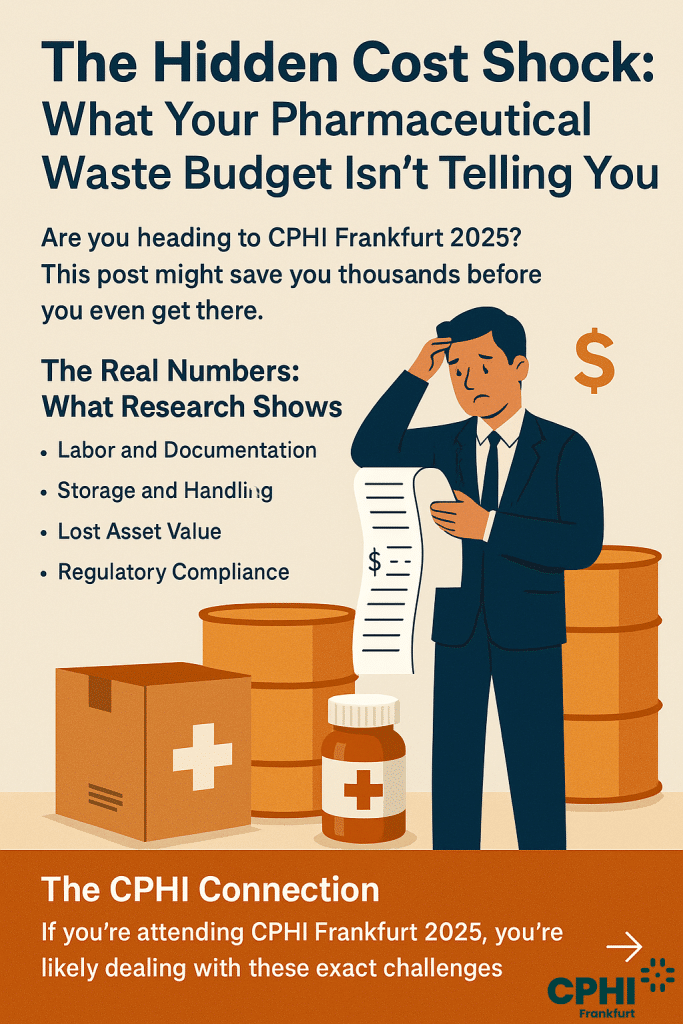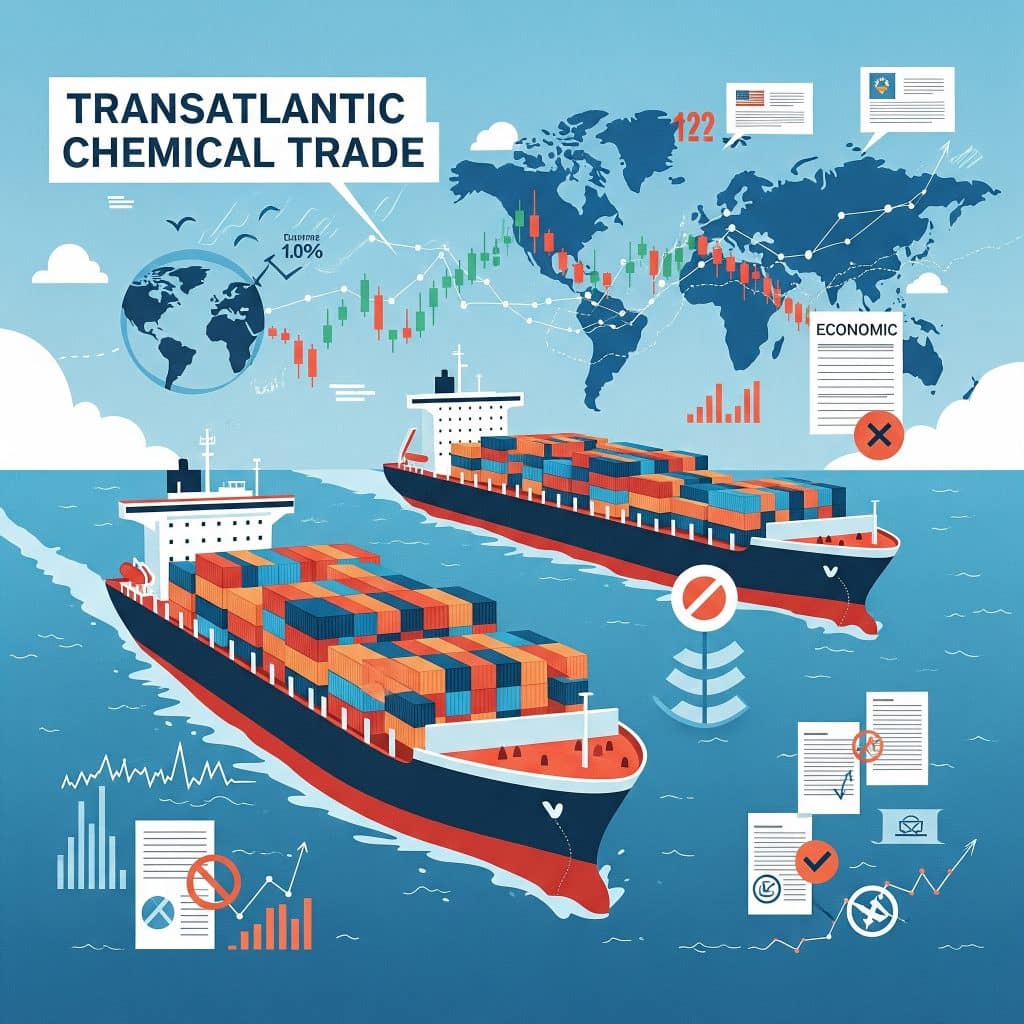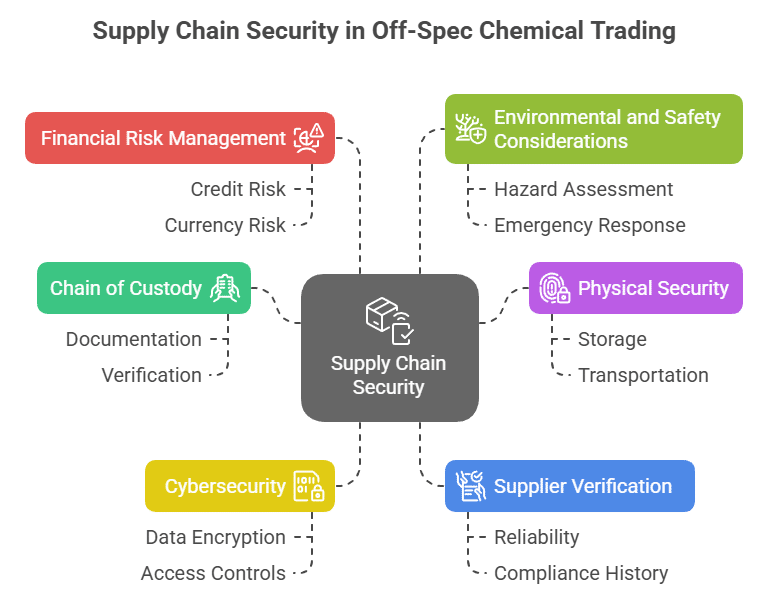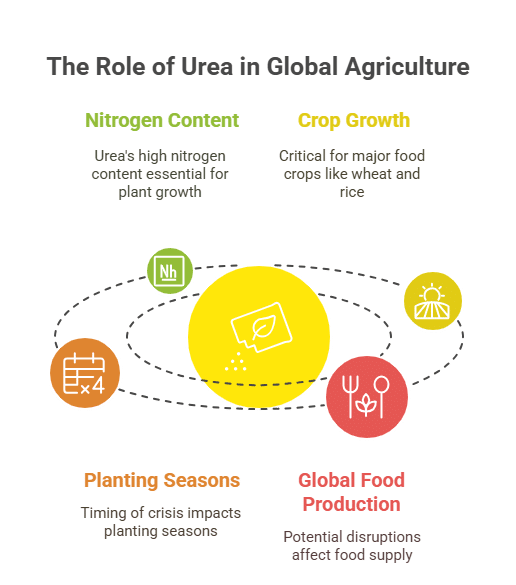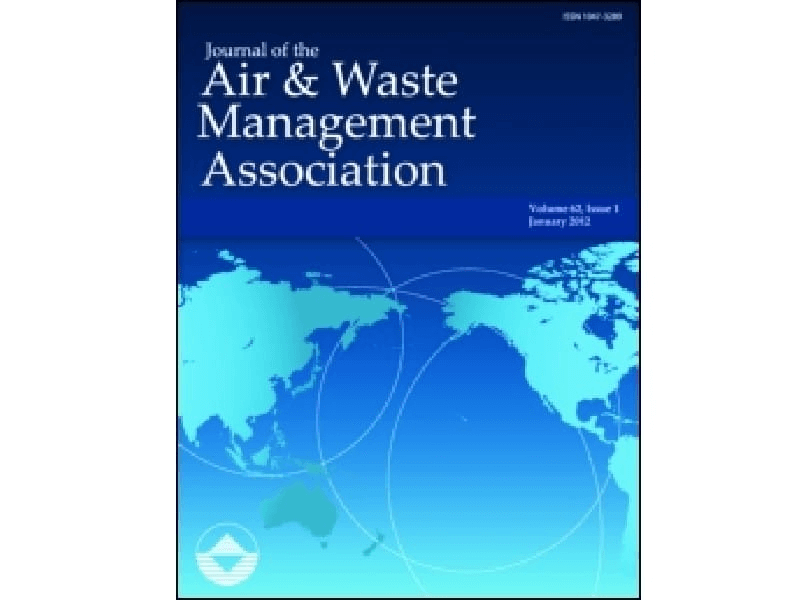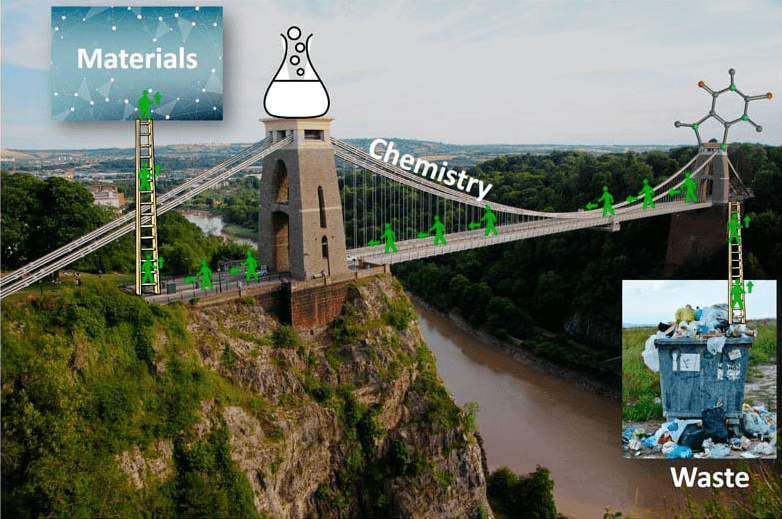Harness the Power of Glucose Oxidase in Food Preservation and Diagnostics
Glucose Oxidase Surplus Trading - Boosting Food Preservation & Diagnostics
Glucose Oxidase in Food Preservation / Diagnostics: Applications and Strategies
Table of Contents
Transforming Excess Surplus into Valuable Resource: A Glucose Oxidase Success Story
A leading food processing company once faced an unexpected surplus of Glucose Oxidase due to a temporary drop in demand for specific diagnostic kits. Instead of incurring high disposal costs, the company opted to trade its excess inventory through a specialized surplus trading platform. This decision not only freed up critical storage space but also generated additional revenue. The surplus enzyme was acquired by a diagnostics firm looking to develop advanced glucose sensors, which eventually improved the assay accuracy in clinical tests. This successful partnership underscored the mutual benefits of surplus trading, highlighted cost savings, reduced waste, and contributed to more sustainable chemical management practices in the industry.




